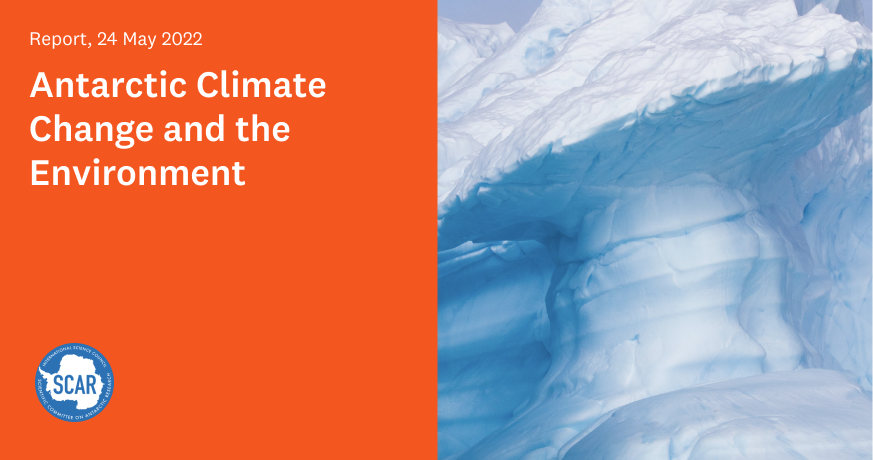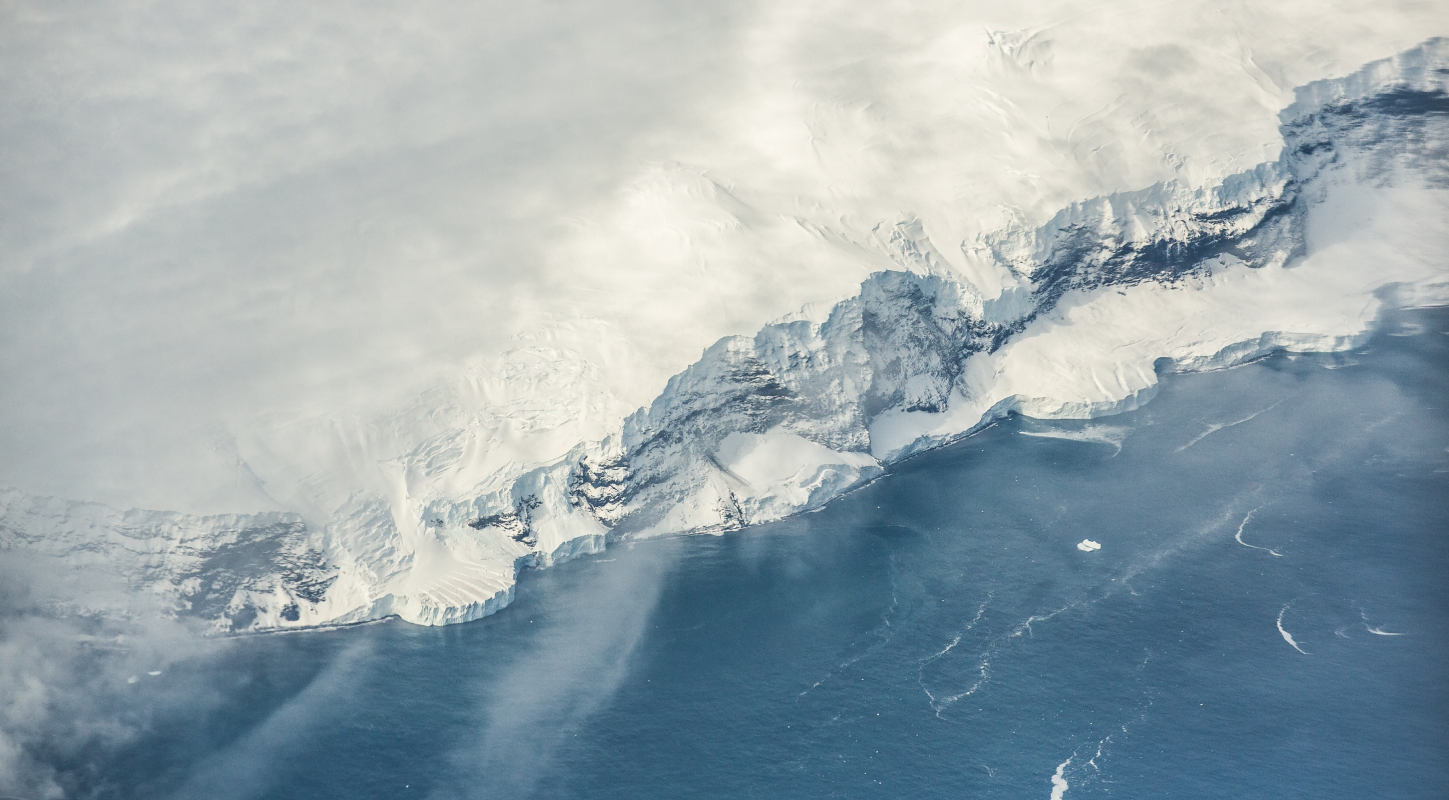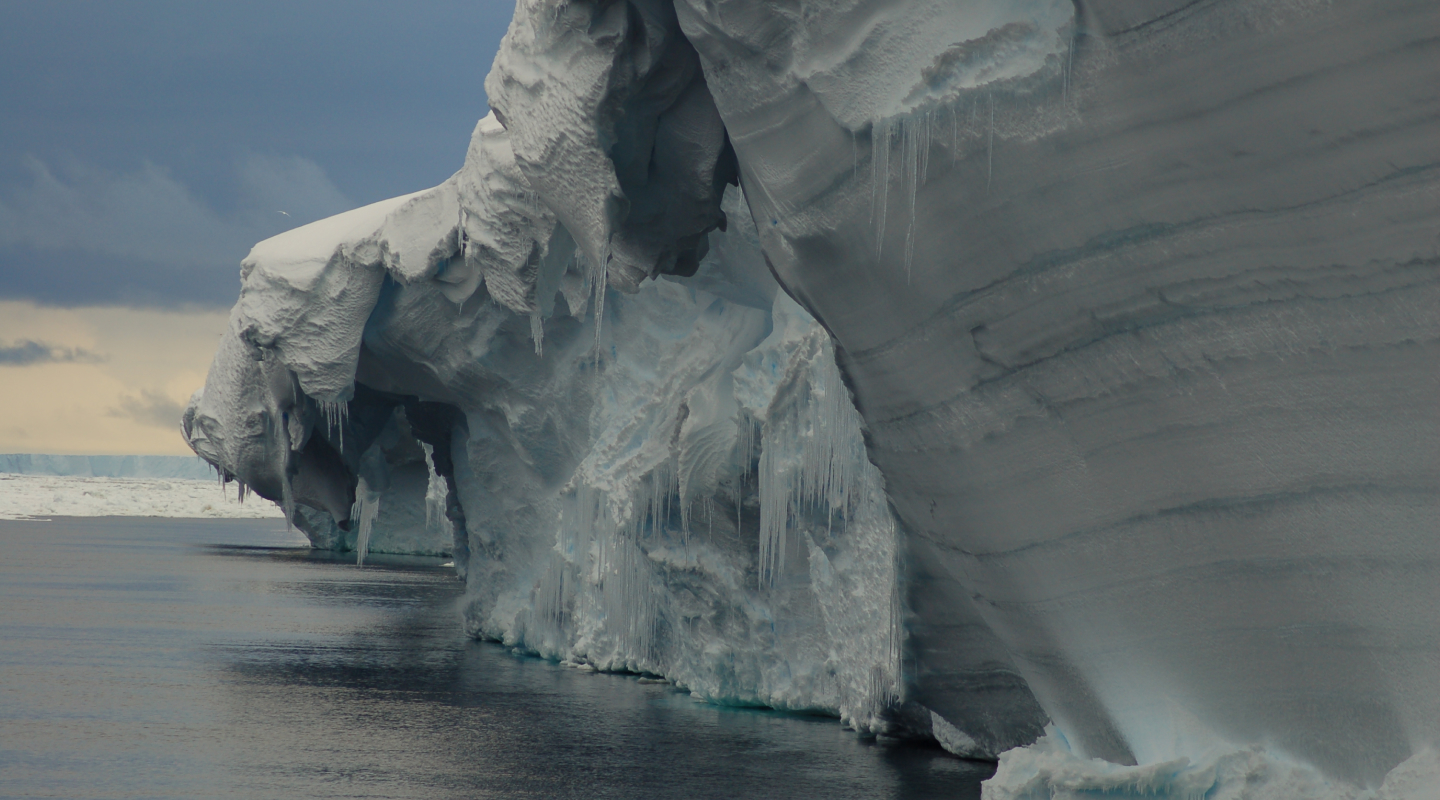Your Antarctica
Whether you are a student or a scientist – we want to inspire you to learn more about Antarctica.
Science with and without the jargon
We connect science to people and policy – to help everyone make the best decisions for our planet. Our news, stories, resources and events are designed for scientists and for people who love science but want it without the jargon. So, whether you want to take a deep dive into journal papers or need something more introductory, we’ve got something here for everyone.

Publications
For those of you who know precipitation does not simply mean rain and can tell the difference between an ice sheet and ice shelf and an ice cap. There’s also acronyms… so many acronyms.
Here’s a selection of some of our researchers most recent publications. Read more.
Global Change Biology Virtual Special Issue: Climate Change & Extreme Events are Changing the Biology of Polar Regions
In the last decade, Global Change Biology has published almost 500 papers detailing how this changing climate is impacting biological systems at the poles. This Virtual Special Issue curated by our Deputy Director of Science Implementation, Distinguished Professor, Sharon Robinson brings that knowledge together, along with editorials highlighting emerging topics in polar-change biology research.

Resource: The Antarctic Invitation
For the most part, the Antarctic region has diligently filed away these carbon-laced invitations through the ability of its surrounding Southern Ocean to absorb human-generated heat and CO₂, a long-lasting and powerful greenhouse gas. Until now, our impacts have been suspected, but not readily distinguishable from the natural variability of the complex system that is Antarctic and the Southern Ocean. Now, our impacts are fast becoming visible.

Resource: Antarctic Climate Change and the Environment Report
The Antarctic Climate Change and the Environment Report provides a summary of the scientific consensus about changes taking place in Antarctica and the Southern Ocean. It has been produced by an international group of scientists for the Scientific Committee on Antarctic Research (SCAR). This includes a number of SAEF researchers, including lead author Professor Steven L Chown, Professor Andrew Mackintosh, Dr Ben Henley, Dr Cassandra Brooks and Laura Phillips.


“Antarctica brings out in me that sense of wonder” — Ruth Davis
Events
Our events ensure you have an opportunity to engage with our latest research and how it’s contributing to the protection of our planet.




